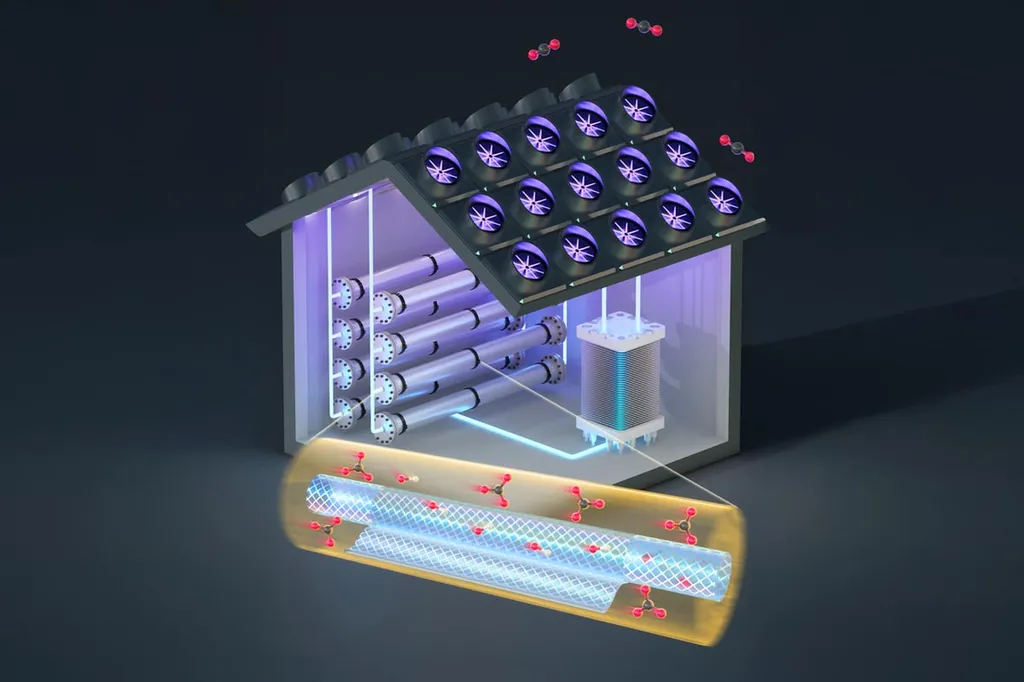Researchers from various institutions, including the University of Western Australia, the University of Groningen, and the University of Jena, have collaborated on a study to better understand the structure of carbon nanomembranes (CNMs). These nanomembranes are ultra-thin carbon materials with potential applications in energy generation and storage, as well as water filtration. The team’s findings were recently published in the journal Carbon.
Carbon nanomembranes are notoriously difficult to study using traditional methods due to their sensitivity to radiation. To overcome this challenge, the researchers employed a novel technique called highly charged ion spectroscopy, which allows for structural analysis without damaging the membrane. They also used molecular dynamics simulations to create models of terphenylthiol-based CNMs with varying degrees of nanoscale porosity.
The simulations and experimental data suggested that the CNMs likely have a significant amount of under-coordinated carbon, meaning that many carbon atoms are not fully bonded to other atoms. This results in an open, sub-nanometer porous structure. The researchers hypothesize that this structure would be highly reactive in atmospheric conditions and is likely stabilized by hydrogen and oxygen groups when exposed to air.
The findings of this study could have practical applications in the energy sector. For instance, the unique porous structure of CNMs could be exploited to improve energy storage devices, such as supercapacitors, which rely on high surface area materials to store charge. Additionally, the membranes’ potential use in water filtration could contribute to more efficient and sustainable energy production, such as in desalination processes.
Moreover, understanding the structure-property relationships of CNMs can aid in the development of more durable and efficient materials for energy generation and storage. For example, the reactivity of the CNMs in atmospheric conditions could be harnessed for catalytic applications, which are crucial in many energy conversion and storage processes.
In conclusion, this research provides valuable insights into the structure of carbon nanomembranes, which could lead to advancements in energy storage, generation, and water filtration technologies. The combination of highly charged ion spectroscopy and molecular dynamics simulations offers a promising approach for studying these complex nanomaterials.
This article is based on research available at arXiv.

